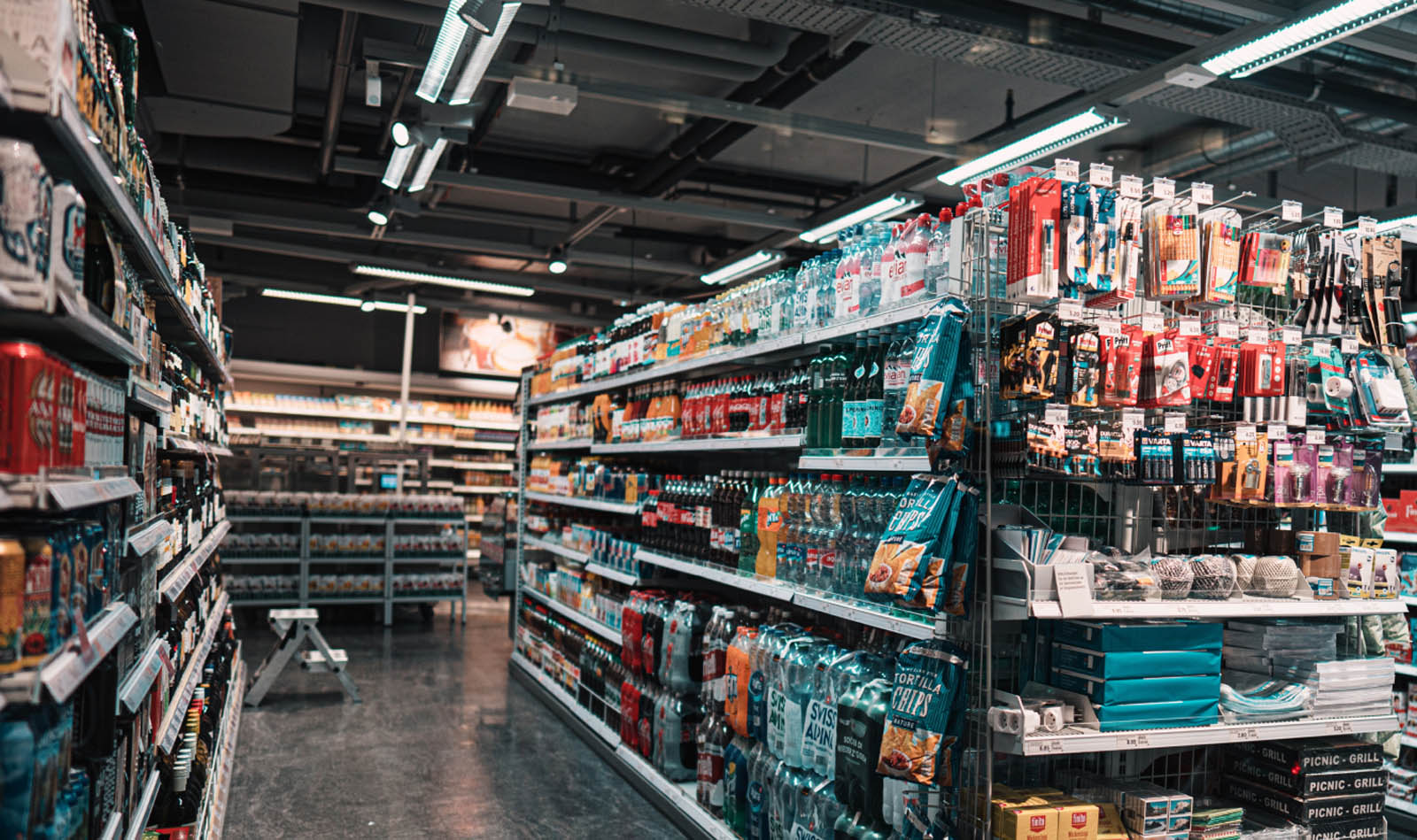
overview
When patients and cardiologists are discussing the possibility of a medical device or procedure, there are many questions, fears, and concerns in patients’ minds. To help bridge knowledge gaps and walk patients through what they can expect, cardiologists use drawings, videos, and models, in addition to their oral explanation of the device and procedure. While these educational tools are ideal for a productive and effective discussion between cardiologists and patients, they are sometimes pushed to the side due to time constraints, office policies, and lack of relevance to the patients.
Our client team was getting feedback from physicians that the current visual aids available in their offices were not resonating as strongly with patients as wanted. Therefore, they turned to C+R Research for help understanding the overall in-office experience to find areas of opportunity (moments that matter, formats, information, etc.) to help bridge the current knowledge gaps and support cardiologists as they educate patients on our client’s device/procedure.
THE PROBLEM
In-Office Materials Need to Be Optimized in Order to Create Engagement
While patient educational tools are meant to support cardiologists to have a more efficient and productive discussion with their patients, sometimes there are variables such as format, time/workload, office policies, patient health literacy, among others, that affect their use and relevance during a doctor-patient conversation. To this end, our client wanted to gain a deep understanding of the in-office experience from the perspective of both patients and cardiologists; as well as to understand preferences, optimizations, and opportunities for in-office material to enable efficient and productive discussions between patients and cardiologists when discussing our client’s device/procedure.

OUR APPROACH
A Qualitative Immersive Approach Best Meets the Needs
C+R knew that the most meaningful insights would come from an immersive setting that would closely resemble the in-office patient experience. To that end, C+R conducted in-person IDIs with AFib patients in a room set up as a doctor’s office/exam room. In addition, the team gained insights from cardiologists through virtual IDIs, understanding the tools they use when having conversations with patients, the questions that patients are most likely to ask, and overall, how the brand can better support doctors to help facilitate a productive discussion about our client’s product.

The result
Opportunities Exist at Each Phase of the HF Journey
Through the conversations with both patients and cardiologists, we were able to uncover optimizations to the in-office creative assets, using the tactical framework of Trigger/Conversation Starter, Education, and Support to facilitate discussion between doctor and patient. For each step in the framework, we identified potential needs/gaps and how to address those needs by optimizing the materials.
Our client used the insights and recommendations to streamline their in-office material assets and focus on what is truly going to move the needle for their brand, while taking into account the needs and expectations of their referring cardiologists and prospective patients.


proven experience
related case studies
